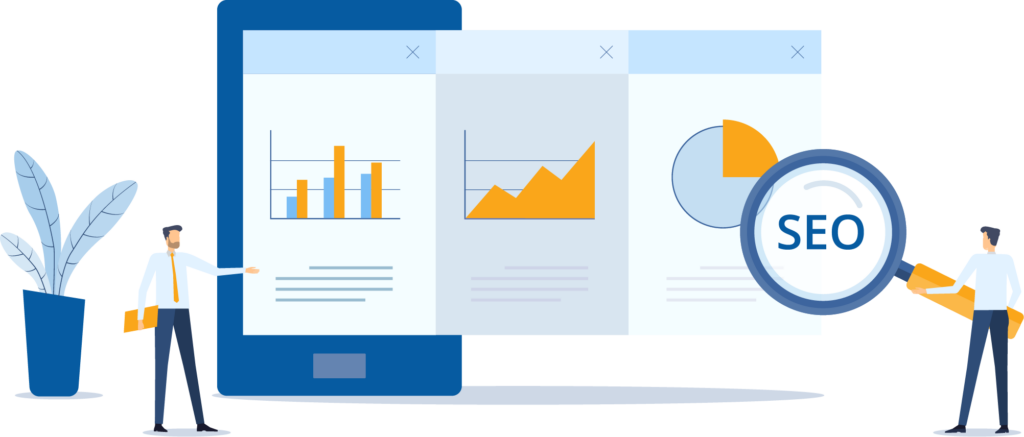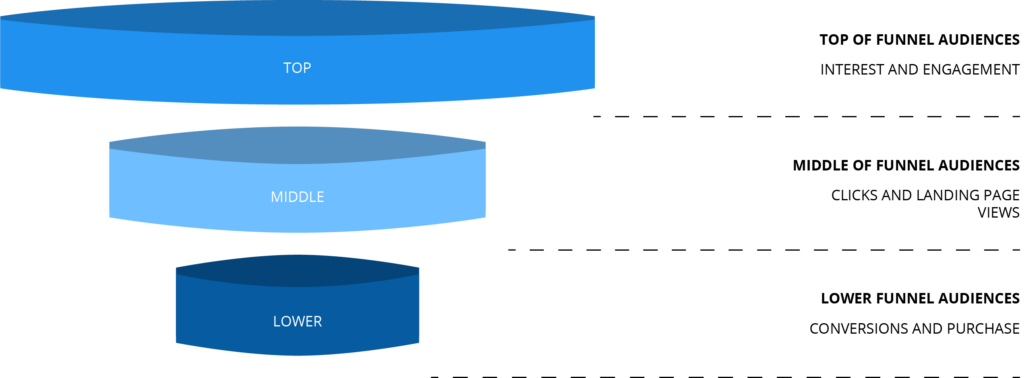Over the last few years Apple’s IDFA, or Identifier for Advertisers data has become a valuable insight-source for leads and conversions. It provides detailed information and demographics about users. IDFA has allowed businesses to grow by creating and deploying hyper-personalized advertising. Now, advertisers of all kinds may have to change their strategies based on the new circumstances. Luckily, there are some strategic courses of action that we believe will make the transition easier.
What’s Different About iOS 14
Software updates rarely cause too much controversy, but this change has been poorly received – especially by growing businesses and ad hosts. With more users empowered to block their personal data from apps and websites, advertisers will probably see their conversions drop initially. Data giants like Facebook are pushing back on these changes – saying it could destroy the free internet as we know it. Facebook went so far as to create a full-page newspaper ad opposing the change, stating,
“Without personalized ads, Facebook data shows that the average small business advertiser stands to see a cut of over 60% in their sales for every dollar they spend.”
They emphasized the impact on small businesses, who often rely on targeted Facebook ads for leads. Without hyper-personalized ad revenue, more and more media resources may switch to subscription services. Whether these updates appear good or bad for your business, we recommend getting your new marketing plan prepared as soon as possible.
What we Recommend to Businesses
The best way to prepare is to create an action plan for the new circumstances. We believe prioritizing the following practices will make the transition smoother and drive results:
- Focus on first-party data.
- Prioritize SEO for increased organic site traffic.
- Focus on customer journey funnels.
Focus on First-Party Data
This change may inconvenience some businesses – but we recommend seeing it as an opportunity to shift the focus to your reliable first-party data. Moving forward, lead generation techniques like email capture may become much more valuable to your business. Grow your lists by encouraging form fills and improving email and newsletter communication.
Those that focus on resources like CRM lists, and any other offline data will be at a huge advantage. Take a deeper dive into who is currently engaging with your brand and target lookalike audiences based on what is gathered. With tools like Google analytics, your business can continue to build remarketing audiences and get back on track -- based on your home-grown data.
Prioritize SEO for Increased Organic Site Traffic
Search engine optimization is crucial for maintaining and increasing site visits. Optimizing pages and creating ongoing content that drives organic traffic to your website will make your business impervious to these changes. Now is the time to get ahead and optimize your site to gain organic visits. In fact, according to SEO Tribunal, organic SEO is around 5.66 times more effective than paid search ads.

Restructure Campaigns to Focus on Customer Journey Funnels
Your customer journey funnels will likely see some changes too. Instead of building Facebook campaigns based on specific ID’s, focus on audiences’ placement in the funnel, and create goals surrounding those instead. Your main business objectives are at the lowest stage in the funnel. Whether or not detailed data is accessible to your business, you still know your customer. There are plenty of highly effective ways to gain conversions. This can be seen as an opportunity to develop more creative strategies to gain customers with first-party data. See an example of funnel-focused campaign objectives below:

What the Update Means for Web Conversion Events
With these tips in mind, your business will be prepared when third-party data targets begin to dwindle. Previously businesses had to depend on creating several pre-determined conversion events at once. With the new update, you’ll be limited to eight. The best way to prepare is to select, prioritize and optimize your top eight conversion events. Luckily, if this transition is done strategically, it’s an opportunity to build a more streamlined campaign setup – and even decrease cost-per conversion.
Lights Out on Third-Party Demographics and Other Resources
Moving forward, businesses will have the options to access data through SKAdNetwork (SKA) attribution. This will be the main resource for user information with the newest iteration of IOS-14. SKA removes all user-level attribution. Closing the door on this valuable information will not only affect targeting on Facebook and other apps, but it also complicates campaign performance feedback.
For the majority of clicks, advertisers will no longer receive valuable demographic information like age, gender, and others. Probabilistic data is slated to be the new norm – as opposed to more detailed, deterministic data. In response, paid retargeting campaigns are expected to significantly drop in effectiveness. On top of that, there will only be click-based attribution, as opposed to more detailed interaction data. Once this is implemented by the masses, your business may see an initial decrease in web conversions
What the Update Means for App Conversion Events
In-app tracking was a trusted way to gain lead information. However, with the new changes, Apple will no longer share device-level data or user data with advertisers. Many apps will try their hardest to encourage user data tracking through the initial settings set-up (after which, they cannot continue to request or encourage access), but businesses should still expect a large decrease in data sharing and adjust accordingly.
Opting Out on Apps
If users choose to opt-out of tracking, developers will have a large change in their monetization capabilities; they will no longer be able to provide detailed information about their users. There will be few insights beyond install metrics, meaning a lot of in-app data will be lost on businesses. Before changes take place, we recommend you structure your “ask” to allow in-app data. Users will have the option app-to-app to allow or prohibit data collection – so if worded right, you may be able to continue access.

Preparing for a Change
Some are seeing this update as an attack on modern advertising, but major changes like this are almost inevitable in the marketing landscape. The best course of action is to create several scenarios, so you will have a response ready for any changes in business. While there may be less data to track, businesses can focus on other effective advertising techniques and gain more loyal customers in the process. Those that do so strategically may see some serious business growth.




